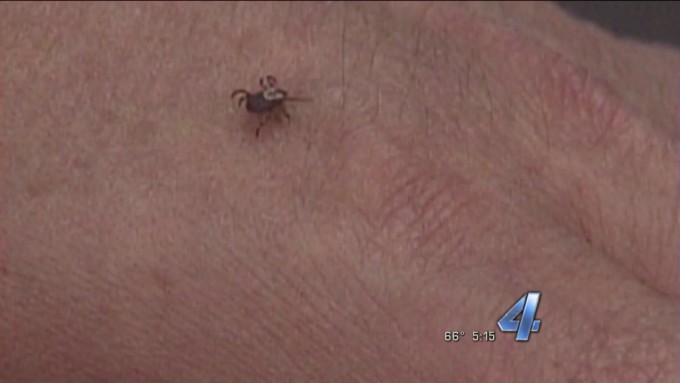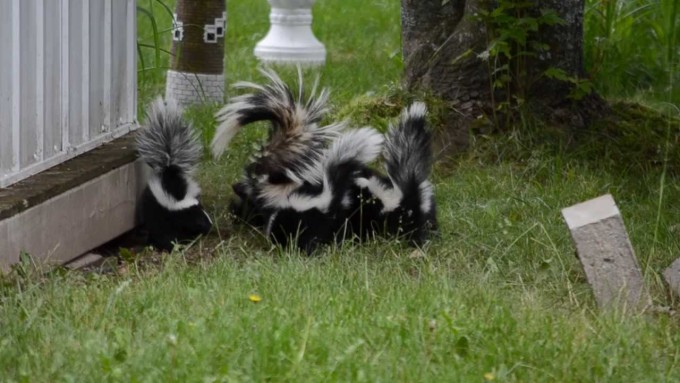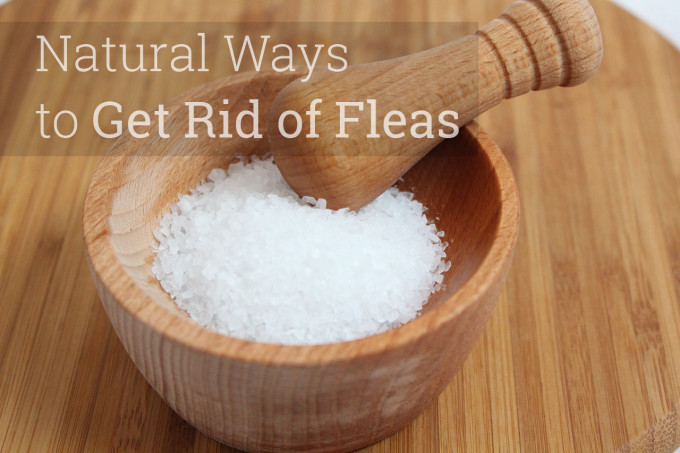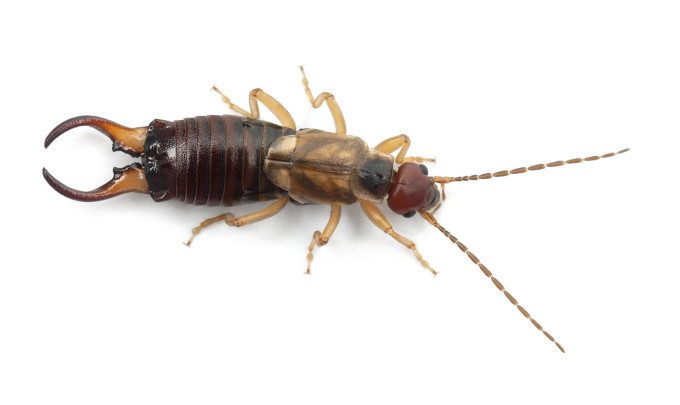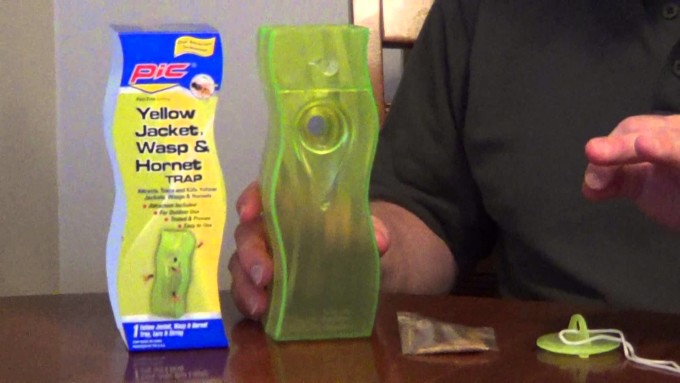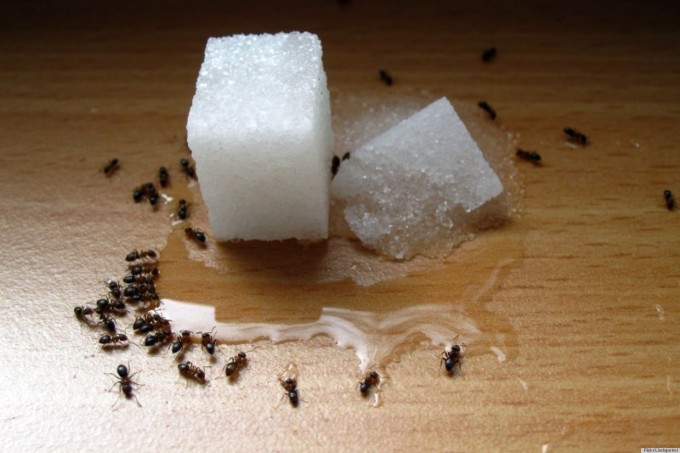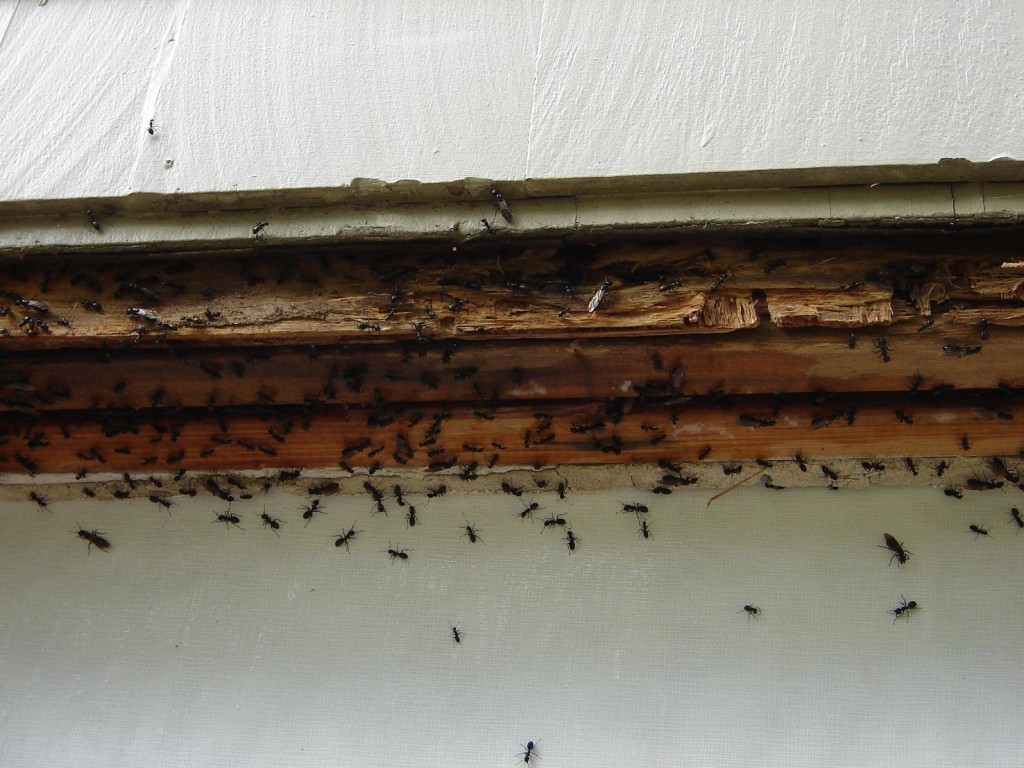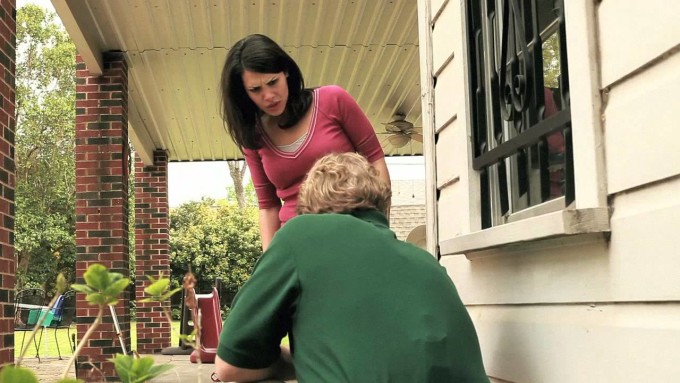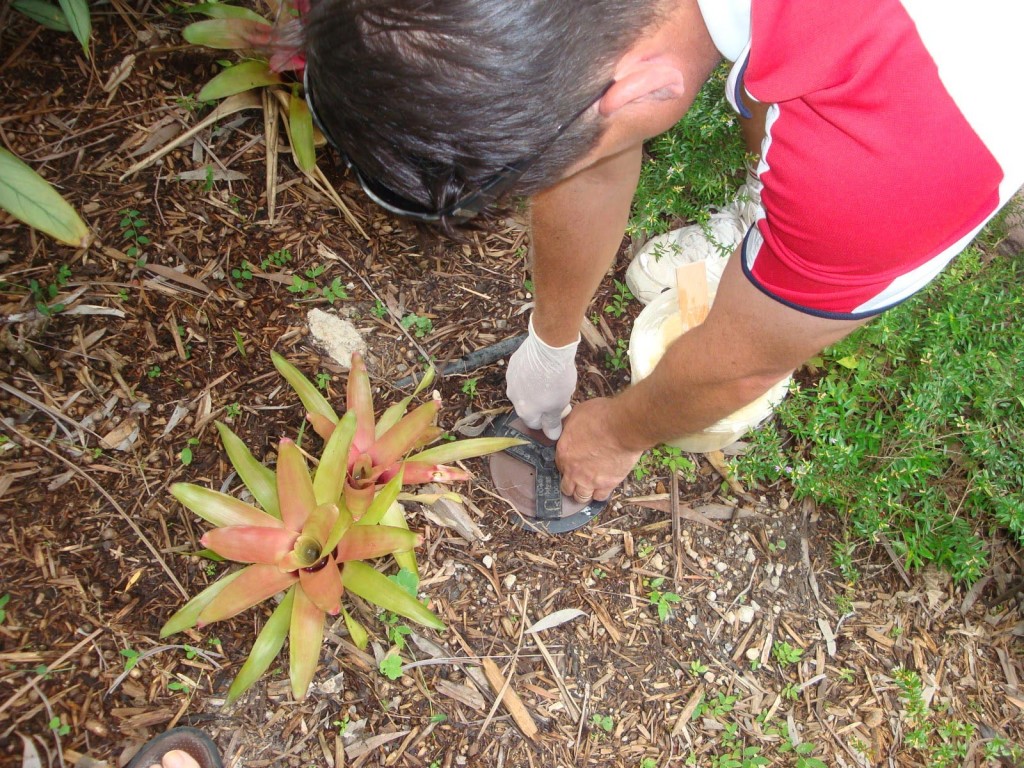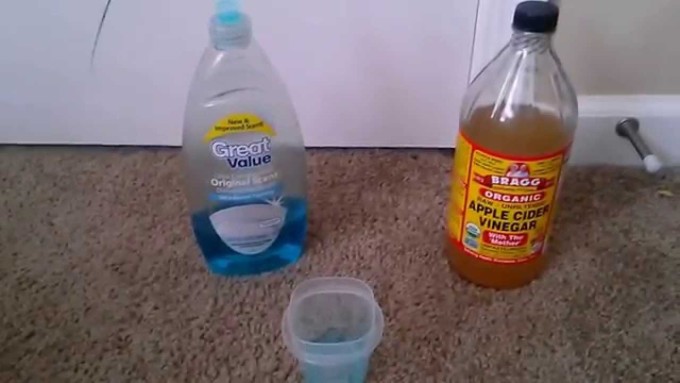Ticks are tiny blood-sucking bugs, which belong to the family of ‘arachnids’ and hence are related to spiders. These eight legged blood- suckers can be found in varied sizes and colors.
Category: Pests
How to keep skunks away
You must have probably seen countless cartoons where a skunk comes and cunningly lets out an unbearable stink that sends all the characters into a tizzy. It’s even worse in real life.
How to get rid of fleas on cats
Fleas are, arguably, the most annoying insects on the planet. Infestations of groups of fleas in your house, or on your pets, are harmful and disturbing.
How to Get Rid of Fleas in the House
Whether you have a pet inside your house or mammals outside your house, fleas are bound to enter and cause havoc. And getting rid of them isn’t going to be a walk in the park. Here is a methodical procedure of how you can get rid of them with the minimal usage of chemicals.
You’ll have to do some thorough cleaning. Gather all the belongings on which your pet has slept on or made him/herself comfortable on. Their bedding especially has to be washed. So put it in a dryer for 15-20 minutes in hot water. All the fleas, larvae and eggs will get destroyed. The next step is to vacuum your house. The couch, areas where sunlight is minimal, places with dried blood stains – caused by the fleas themselves – draped furniture etc. are places they usually infest. Before vacuuming the carpet, throw borax, baking soda or salt over it. Let it be like that for hours, so the eggs can come out if they’re hidden. Make sure to keep your pet away after you’ve done this. Once the vacuum bag is full, throw the dirt and all into a plastic bag encompassing a dustbin and do this outside the house. Buy a dehumidifier for the rooms. Keep the dehumidifier level below 50%, as this will keep the moisture less than 50% in the air and the fleas, eggs and larvae will die. Vacuum the remnants. Trim your lawn and keep cool, moist places sunny and hot, especially places where your pet hangs out a lot.
The next thing you need to do is bathe your pet. For a dog, use gentle shampoo and wash the neck first after you’ve done the body, so that they don’t jump to the head. For a cat, anti-dandruff shampoo does the trick. You can make an herbal flea dip by boiling two rosemary leaves in two pints of water for 30 minutes. Strain the solution, throw the leaves and add to a gallon of warm water. Wash your pet with this and let him/her air-dry. Then use a flea comb and comb off remaining pests. Brush their fur thereafter. Make a flea collar by taking your pet’s collar and dipping tea tree oil, geranium, eucalyptus oil, lavender, or citronella. Just don’t use them on cats, as this affects their metabolism.
If you pets don’t tend to eat plants or if you don’t have children, plant the pennyroyal plant around your house, as this discourages the breeding of fleas. Make a citrus spray by slicing a lemon thinly and boiling a pint of water with that slice. Let it set overnight. Spray on suspicious areas on dampen your pet’s skin with it. Don’t overuse it on your pet though. Alternately, you can make a vinegar spray. Add distilled white vinegar to ¼ of a spray bottle and fill the rest with water. Add a tablespoon of dish water soap to get rid of dirt. It is good for cleaning counter tops, but even for ridding you of fleas. Spray once or twice per week to fabrics to get rid of fleas.
How to get rid of fleas on dogs
Fleas are parasitic insects that live off sucking the blood of animals and rarely humans. Fleas reproduce rapidly, creating large colonies which work together on identifying sources of food and together tackle these identified sources.
How to get rid of crickets
Crickets are extremely disruptive insect species that have the potential to deface and disturb the silence and serenity of several roofs, monuments, public property and even entire parks.
How to get rid of wasps
Wasps are extremely common household pests. They are extremely large insects that form and build colonies inside wood furnishing and other wood articles.
How to get rid of carpenter ants
Carpenter ants are extremely common household pests. They are extremely large ants that form and build colonies inside wood furnishing and other wood articles. Even though carpenter ants are not parasites their presence can be extremely disruptive due to their sharp sting and colonizing and invasive tendencies. Unlike termites, carpenter ants do not eat the wood, the use it as their nests. Carpenter ants infiltrate into homes to source food and water sources. Carpenter ants nests usually in rich wood furniture. Their nests are often characterized by frass- sawdust like material that are left behind by carpenter ants when they bore into wood to make their nests. Frass usually contains wood shavings along with the body parts and other debris of carpenter ants. The sighting of frass near any furniture item is a sure sign of a carpenter ant infiltration, and must be approached and appraised with caution and concern. The following are a couple of helpful suggestions that can help you deal successfully with the menace and threat caused by carpenter ants in your homes and property. Be sure to pass on any tips that you find effective to your friends, family and close relatives who may be facing difficulties along similar lines on account of carpenter ants and such.
- Destroy the nests
The first step in ridding your house of a carpenter ant infiltration or infestation is to destroy the nests created by carpenter ants for abode and feeding. These nests are usually located inside wooden furnitures where carpenter ants borrow in so as to establish their nests that would later become their feeding and residence centres. Nests can be identified by observing the presence of frass near furniture items. Nests can also be identified by tracking and tracing ants from other places back to their nests. Often locating carpenter ants may be extremely difficult as it may turn out to be the case that these ants often come out for feeding on water and other food sources only at night. However in this case there are other methods to lure them out of their nests. One such method is the use of baits. Baits are strategically place food and other consumable material that attract ants. The smell of the food items will draw the ants towards it. After the ants have come to the bait and have started to return back to their nests with their food, they may be tracked and traced. Such tracking and tracing helps to identify the nesting ground of the ants.
- Using toxic baits
In case the nests are located too deeply, they cannot be destroyed using bare hands. This means that toxic baits or pesticides may have to be used to kill the ants in those nests that are out of hand or are not physically accessible. Such toxic baits often involve poisonous gels or powders.
- Clean up the house
A general sense of hygiene and cleanliness can help a lot in keeping the house and surroundings free and clear of ants and infestation by other pests and parasites.
How to get rid of termites
Termites are extremely minute creature which reside in the subterranean level. Termites feed on wood that is usually moist or exposed to the elements. Termite infestations are particularly dangerous since they act silently and hidden away from sight. By the time termite infestations are identified, it may be too late and beyond help. Termites may be found in any and all kinds of houses since they all posses and provide the kind of food that termites feast on- cellulose based plant material. Independent of the construction material or the construction style, termites will always find a way to reach their desired food- cellulose based material. The scientific classification of termites is as a detrivore. They usually feed on dead plants, tress and dead parts of living trees. Termites feed on dead wood, which explains why they are attracted to household furniteure such as shelves, racks, decks and cupboards. Termites must be eliminated and exterminated as and when spotted, here are few helpful suggestions on ridding your house of termites/
- Using cardboard traps
Termites are attracted towards their food- cellulose. This attraction can be turned against them effectively using the cardboard trap. Cardboard contains rich concentrations of cellulose which termites are attracted to, thereby making it a simple and effective trap. To construct the trap several flat strips of cardboard are wet and stacked one on top of the other in an area infested by termites. Attracted by the cellulose content in the cardboards, the termites will make a beeline for the cardboard stack. When the cardboard has become infested with termites, it may be taken out and burned to kill the infesting termites. The process is repeated in multiple sites and multiple times to completely eliminate the termite threat. While burning the cardboard it must be ensured that they are burnt in a safe area and away from children as much as possible. The cardboard must be burned thoroughly, ideally in a silo or a metallic bin, so that no termite survives and returns back to the colony.
- Beneficial nematodes
Beneficial nematodes are small unsegmented worms that are natural parasites ti garden pests such as termites and other invasive insects. The nematodes feed on hosts such as termite larvae, and spider eggs and burrow into them usually causing death within 48 hours. These nematodes use the host’s carcass as a resting place and also as a site for spawning. Nematodes are usually available for purchase from garden supply stores or even online. Nematodes must ideally be used as soon as they are purchased. They must be stored away from direct sunlight, as direct sunlight contains UV rays which affect these nematodes adversely and dehydrate their gelatinous bodies.
How to get rid of gnats?
Having an infestations of gnats in the family can be quite a problem, they tend to reproduce extensively and soon there will be a large scale problem at hand. It becomes very important to find the right solutions to tackle such infestations. You can find a number of different home remedies that will solve the issue once and for all, and it is also mostly natural means which leads to a complete solution for good. Gnats are quite a common occurrence and can be quite annoying over time. There are a number of factors that tend to attract gnats including wet floors, food remains, sinks, and rotten fruits. Outdoor sources are also a problem for attracting gnats, these include cats, dogs, house pets and sometimes even house plants.
There are a variety of methods by which you can eliminate gnats but first and foremost is the removal of the sources that tend to attract them. Firstly do not over stuff the house with too much of plants. Make sure that you also remove piles of compost and also other sources like stagnant water which can tend to create further problems of infestation. Ensure that you also remove all cracks or other sources of entry in the walls b y covering up all such openings with gypsum or some suitable material. Check potential sources of food and also ensure that you eliminate the waste food materials immediately. Keep covered at all times, waste materials and garbage and be sure to eliminate the waste in time without leaving it lying around.

There are a number of home-made traps you can use which are made with vinegar. Vinegar is an easily available substance in the house. Gnats get easily attracted by the odor and they cannot escape easily as well. Ensure that you use something like a mason jar which doesn’t make it easy for the pests to leave after entering. Using a jar also makes the disposal process simpler as they remain trapped in it and can be easily rid of for good from your home.
The sink area also needs to be rid of gnats, as most commonly it tends to have food remnants and is a place where these insects tend to aggregate. You can use ammonia to clean the sink thoroughly and this will rid the space of the gnats once and for all. You can also mix up dish washing liquid with oil which makes a more slippery trap for the gnats, add in a few drops of apple cider vinegar which will attract the gnats into the trap more quickly. Another trap you can easily make at home is with a piece of rotten fruit. You can place the spoilt fruit in a jar of water and add in some bleach. The bleach will effectively kill off all of the insects that are attracted by the piece of spoilt fruit placed to draw them in. An option which is commonly used to rid the houseplants of gnat is diatomaceous earth. Also avoid over watering the plants, you can use the earth and sprinkle it all over the pots which will prevent the gnats from taking up residence there.

